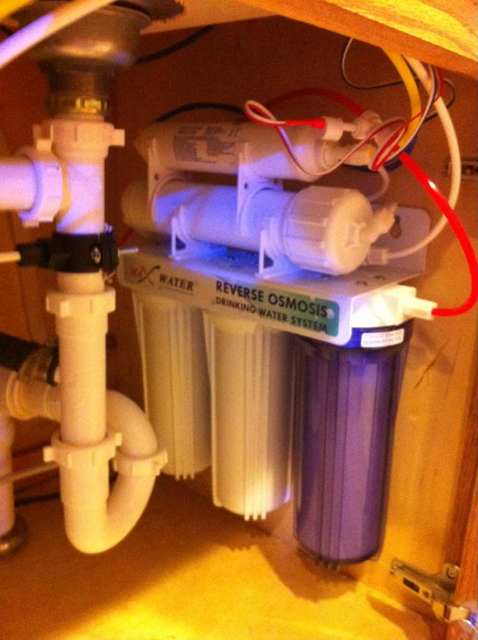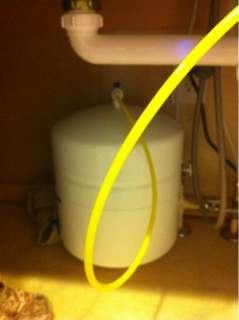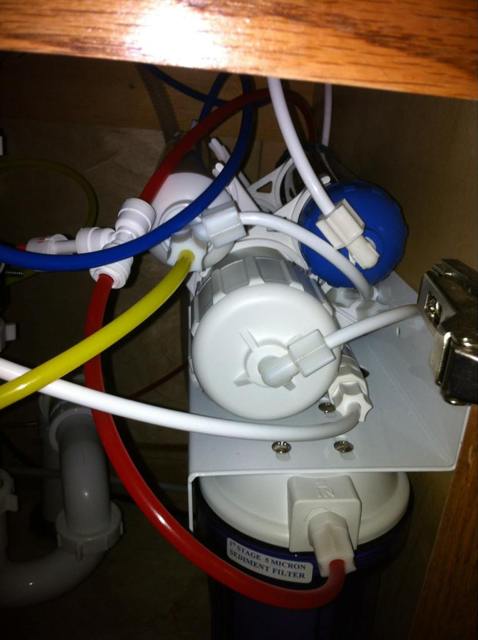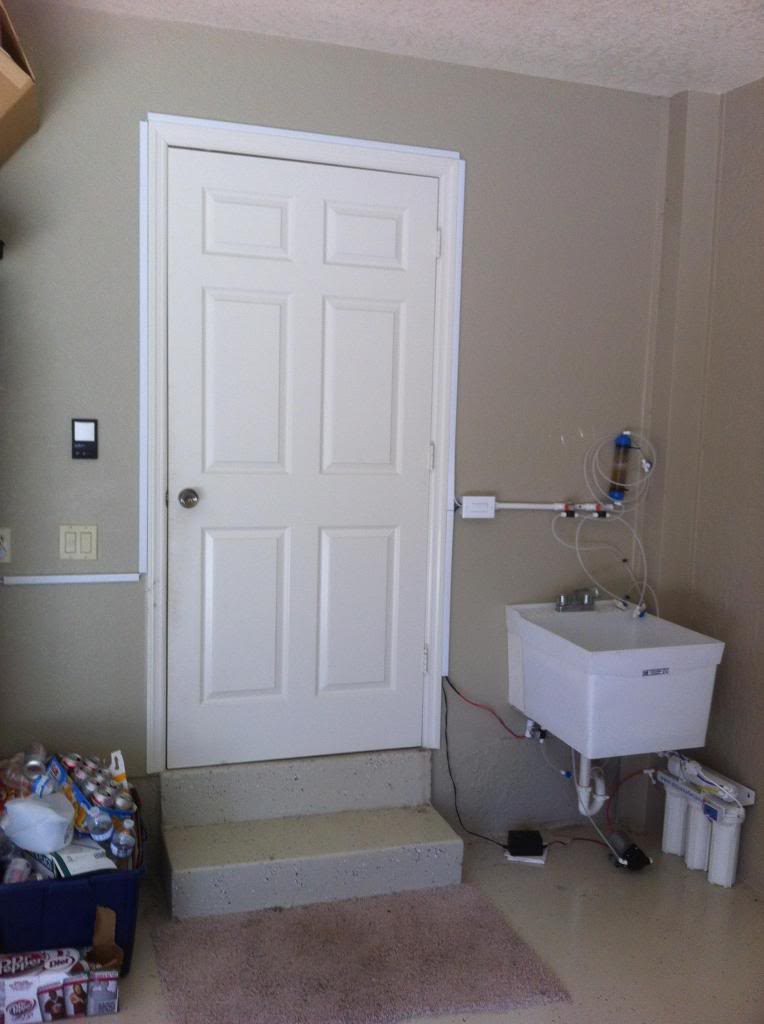- Joined
- Jul 4, 2007
- Messages
- 78
- Reaction score
- 2
I will say that the standard 32 gal Brute Cans you find at Lowes and HD, are not labeled as food safe plastic. I use them, but have always been wary of them. And clean them with bleach on occasion. I would use something different but space issues are the real concern for me.
What information do you have that says these brutes are not food safe hdpe?






















